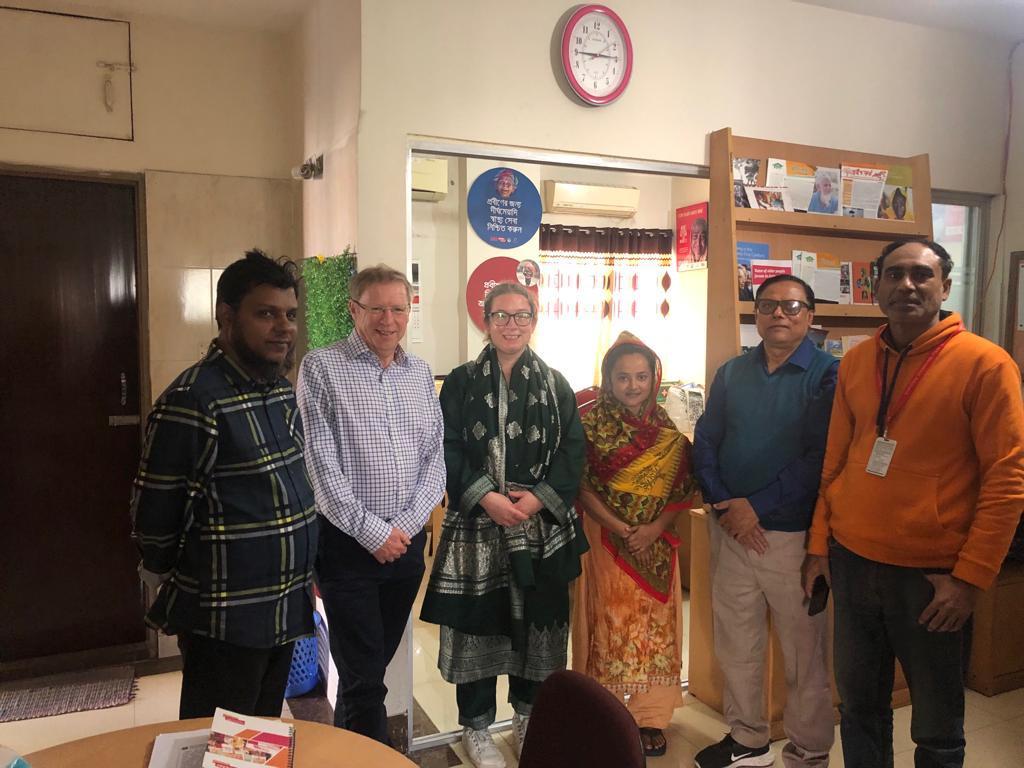[ad_1]
Recently, I had the opportunity to see Age UK’s sister charity Age International and its partners at work.
I visited the world’s largest refugee camp, Cox’s Bazar in Bangladesh, which is home to almost a million refugees who have fled ethnic and religious persecution in Myanmar.
On first sight, it doesn’t seem much. A few dwellings between the road and the hill, each with tarpaulin over them. But it hits you when you look up and see an endless sight of thousands of such homes, clinging onto a series of hills as far as the eye can see.

The displaced Rohingya people
This is the forgotten humanitarian crisis of the Rohingya people. Nearly one million people, and rising, live in this camp. It is just a few short miles from the place where they used to live across the border in Myanmar. But now they are in Bangladesh, in a no man’s land with the official status of ‘displaced people’.
Bangladesh hosts close to one million Rohingya refugees from Myanmar, making it one of the largest protracted refugee situations in the world (a protracted refugee situation is a situation in which refugees have lived in exile for five years or more). The refugee population in Cox’s Bazar is more than 900,000. Around 50,000 of these are older people who have left their homes, having experienced unimaginable trauma and the loss of loved ones. It’s likely they will spend the rest of their lives in these camps.
[ad_2]
Source_link

